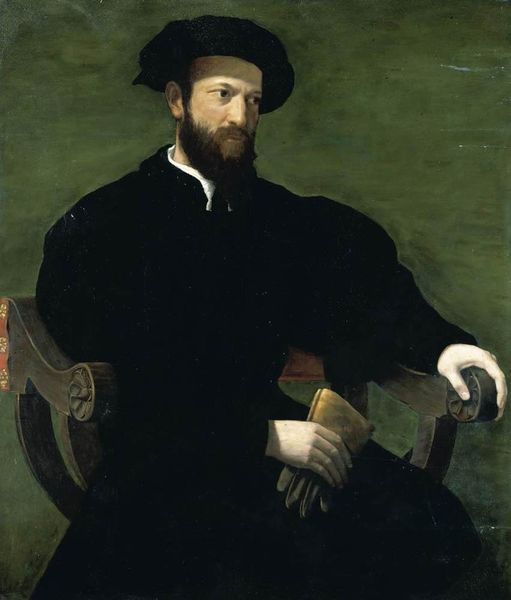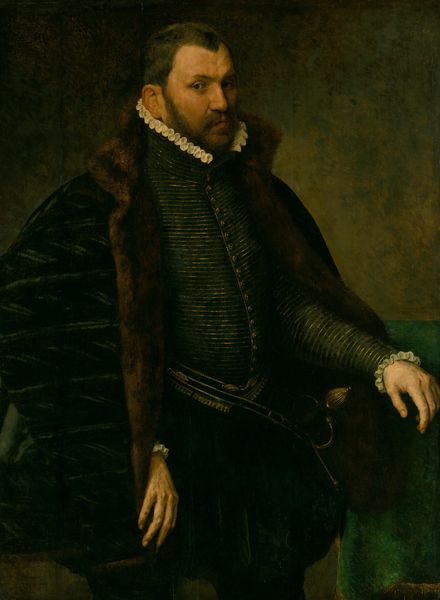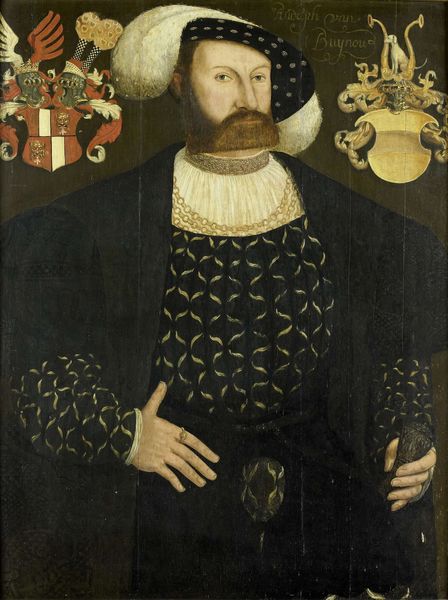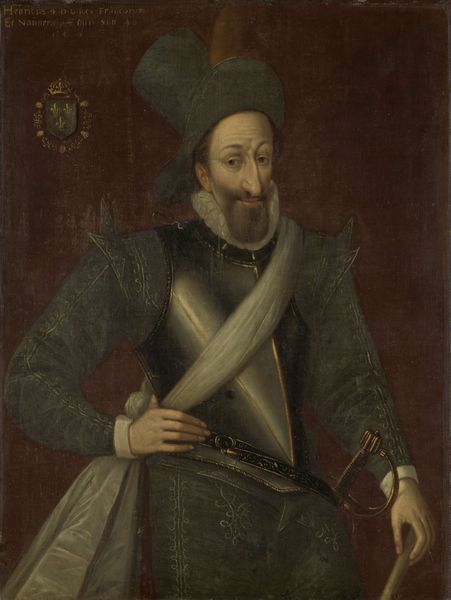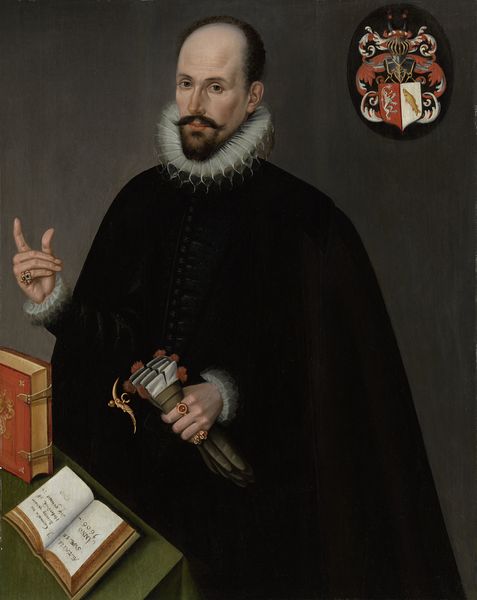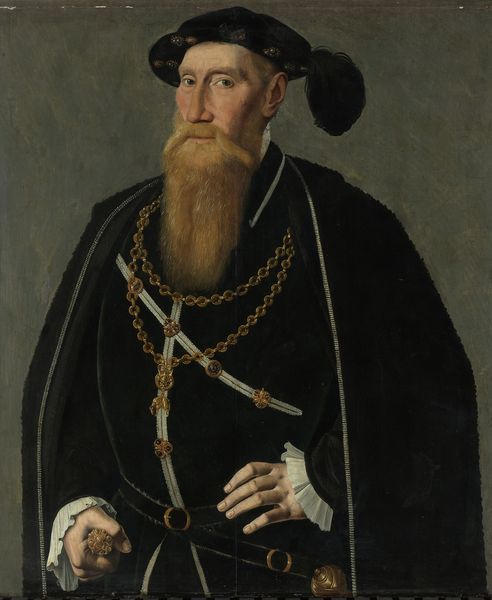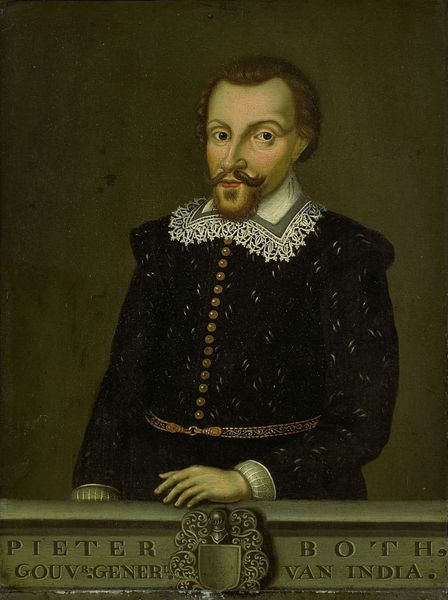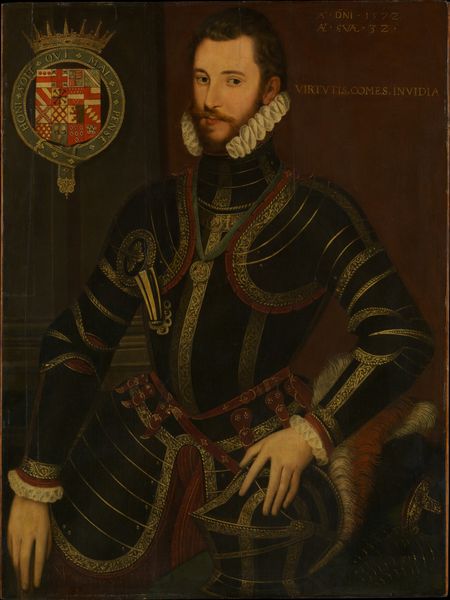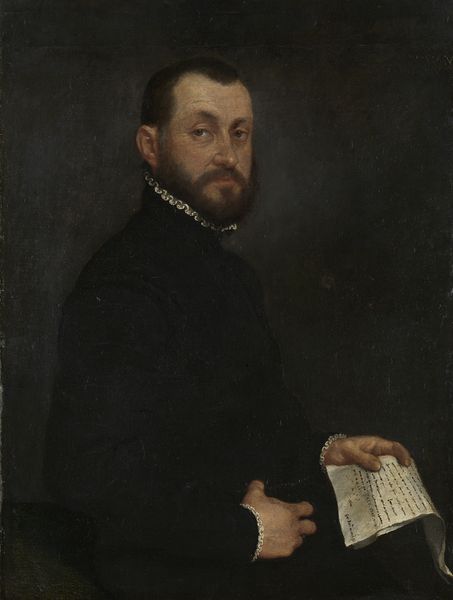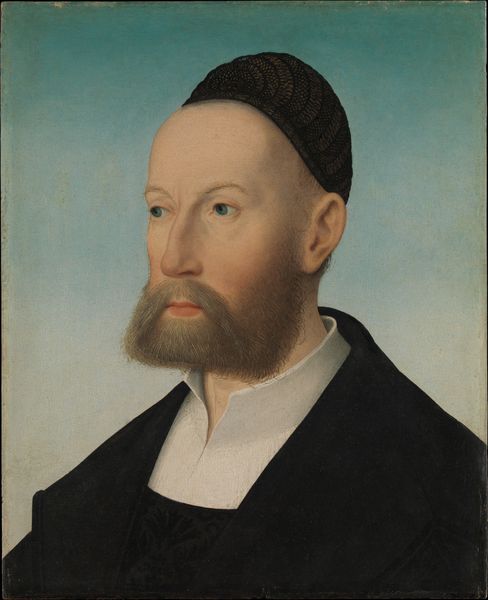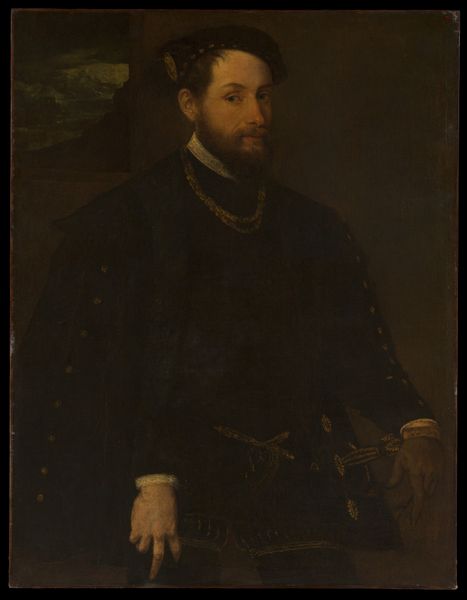
oil-paint
#
portrait
#
oil-paint
#
mannerism
#
history-painting
Dimensions: overall: 103.5 x 87 cm (40 3/4 x 34 1/4 in.) framed: 129.5 x 113.7 x 6.4 cm (51 x 44 3/4 x 2 1/2 in.)
Copyright: National Gallery of Art: CC0 1.0
Editor: Here we have an oil painting, "Portrait of a Member of the Quaratesi Family," made in 1561 by an anonymous artist. It has a somewhat austere feel, perhaps due to the dark clothing contrasting with the sitter's pale skin. How would you interpret the cultural significance of this portrait? Curator: Well, the somber color palette and the detailed rendering of the subject's clothing certainly reflect the societal values of the time. Consider the context: this is Renaissance Italy, a period marked by significant social stratification and patronage. A portrait like this serves less as an individual likeness and more as a public statement. Editor: A statement of what exactly? Curator: Primarily, a declaration of status and belonging. Note the coat of arms in the upper right corner; the sitter is a member of an aristocratic family, clearly affluent. Also observe his clothing. This is someone showcasing membership through public images – think about how social standing continues to be displayed in the art world even today through commissioned work or patronage. Why do you think this particular individual or their family wanted to project this image? Editor: Maybe to cement their position? Or maybe they are fairly new to having this power. Curator: Precisely. Consider also, that its anonymity is potentially more connected with how portraiture served to reinforce or validate specific class narratives than what this person looked like. I wonder if this portrait ever ended up in a public facing setting? How was art used as a form of soft or overt power during this time? Editor: That’s fascinating; I hadn’t considered the role of portraiture in consolidating social hierarchies and political aspirations. I guess I will have to rethink portraits' importance in society. Curator: Indeed. By understanding art’s public function, we move beyond aesthetic appreciation to critical social commentary.
Comments
No comments
Be the first to comment and join the conversation on the ultimate creative platform.
